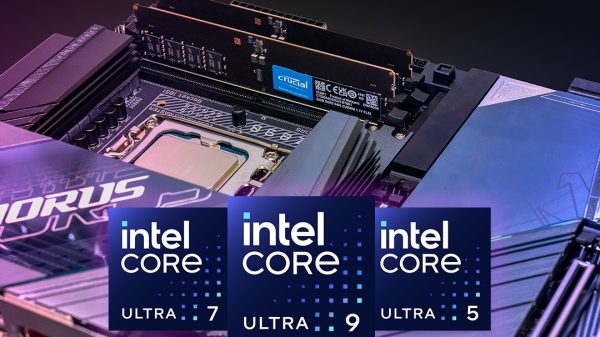Hamilton, a crypto startup, has made a groundbreaking move by launching tokenized US Treasury bonds, known as Hamilton U.S. T-Bills (HUST), on Bitcoin layer-2 blockchains.
This initiative, the first of its kind, utilizes Core, Stacks, and Build on Bitcoin (BoB) platforms, marking a significant step in decentralized finance (DeFi). The first transaction of HUST occurred on July 4, underscoring the startup’s commitment to merging traditional finance with the burgeoning DeFi space.
The introduction of HUST bridges the stability of the Bitcoin network with the reliability of US Treasury bonds, providing a unique advantage in the DeFi landscape. Hamilton’s CEO, Kasstawi, emphasizes that this move is a historic step towards financial independence, particularly for emerging markets.

Hamilton Launches Tokenized US Treasury Bonds on Bitcoin Layer-2 A New Era for DeFi
The tokenization of real-world assets (RWAs) on Bitcoin is seen as a way to bring unprecedented security, transparency, and liquidity to financial systems globally, with market projections for RWAs reaching $16 trillion by 2030.
Tokenized assets are increasingly becoming a part of the Web3 economy, converting traditional assets like real estate, securities, and T-Bills into digital tokens that can be traded and used within decentralized platforms.
This innovation not only makes traditional assets more flexible but also allows investors to trade or leverage T-Bills on blockchain platforms. Furthermore, the competitive yields of T-Bills, spurred by US Federal Reserve interest rates, make them a lower-risk alternative to stablecoins.
The Bitcoin network has been evolving to support this increased activity, introducing three token standards: Bitcoin itself, Ordinals, and Runes. These developments have driven the need for layer-2 solutions like the Lightning Network, which processes BTC transfers faster and supports smart contract-dependent DeFi applications.
Core DAO, one of the platforms hosting HUST, is notable for its dual role as a layer-1 blockchain and a Bitcoin layer-2 solution, with backing from major crypto exchanges.
Hamilton’s launch of tokenized US Treasury bonds on Bitcoin layer-2s is a significant milestone, illustrating the potential integration of traditional financial instruments within the crypto ecosystem. This move is expected to further the evolution of DeFi, potentially leading to more innovations that bridge traditional finance with digital assets, enhancing the overall utility and appeal of blockchain technology.








































